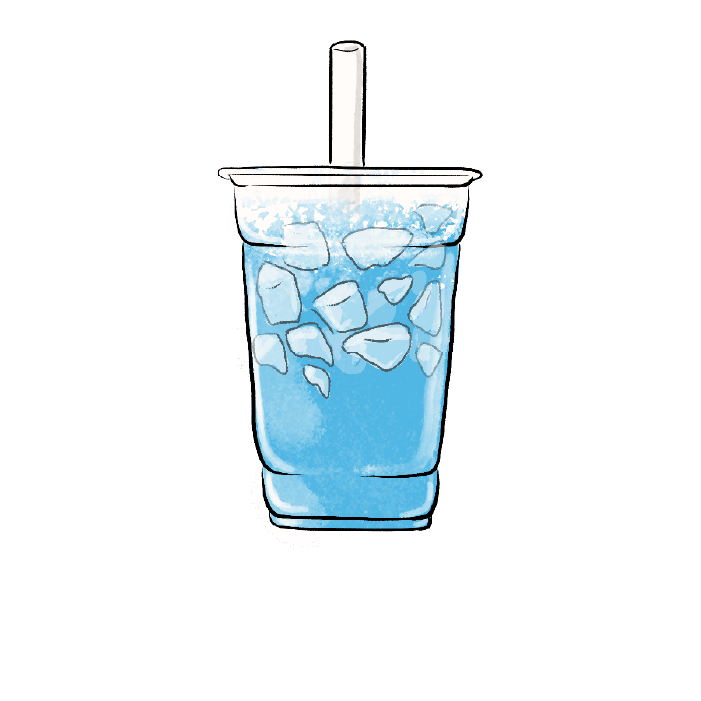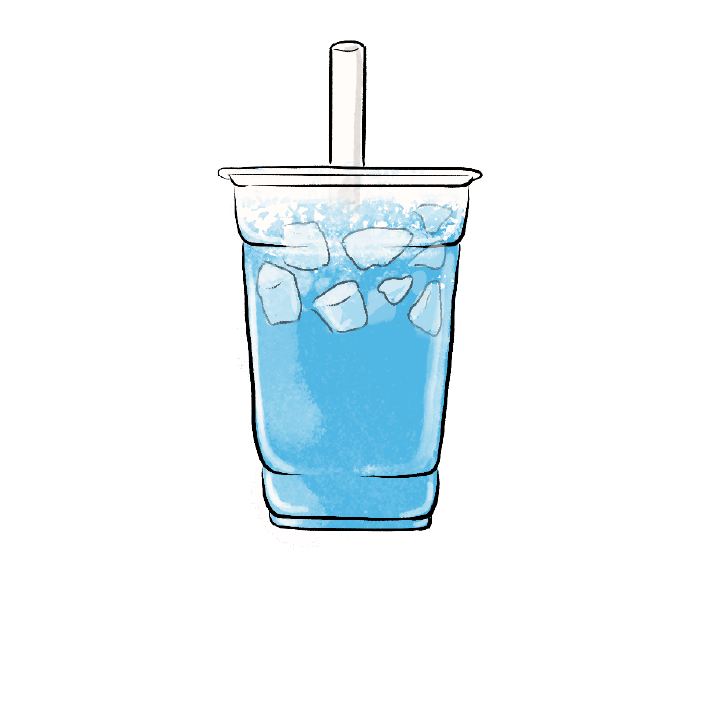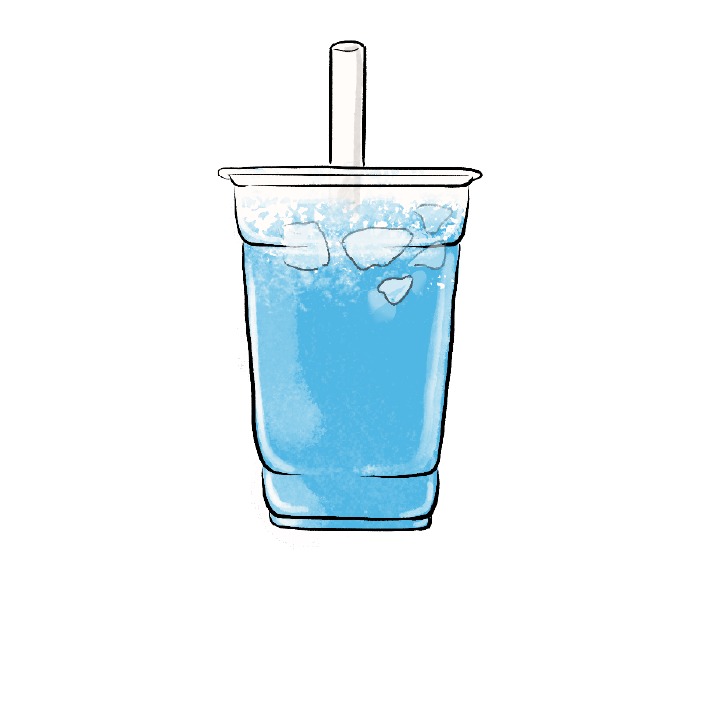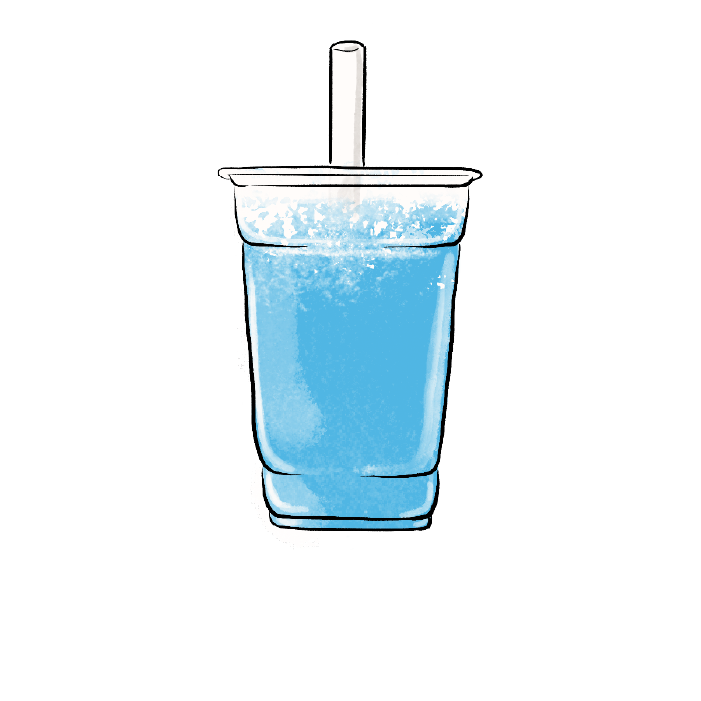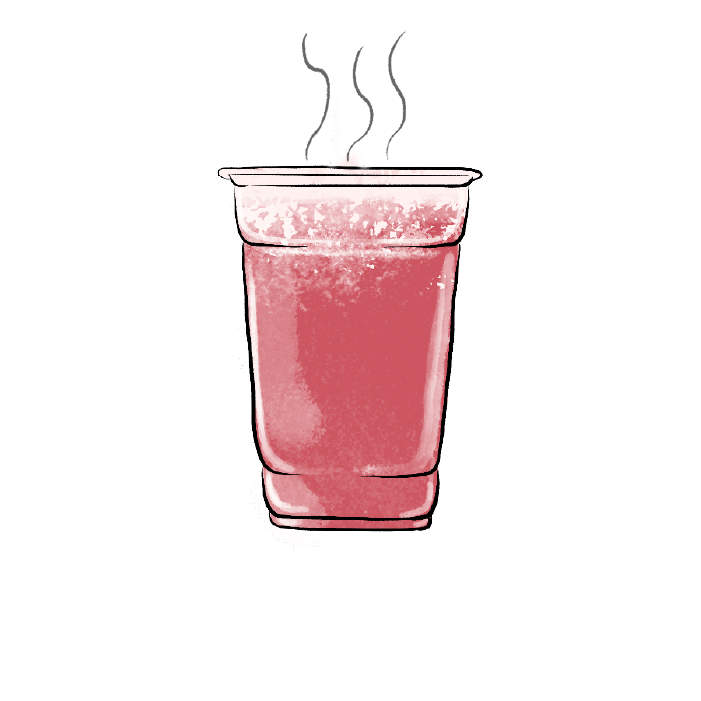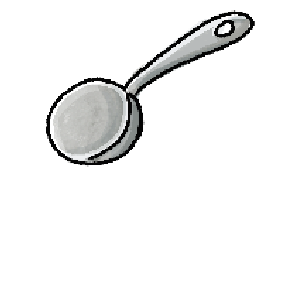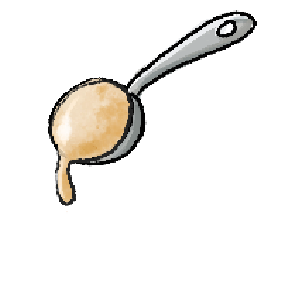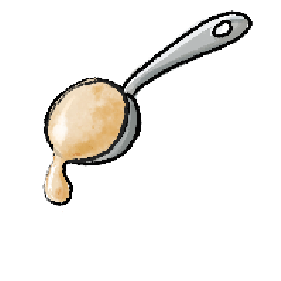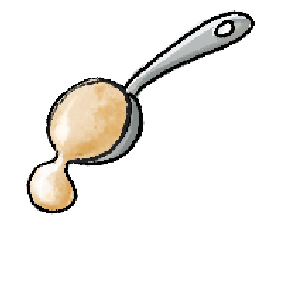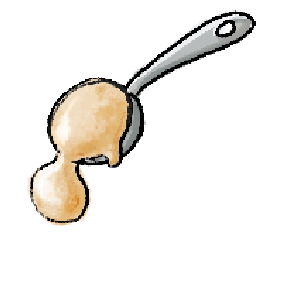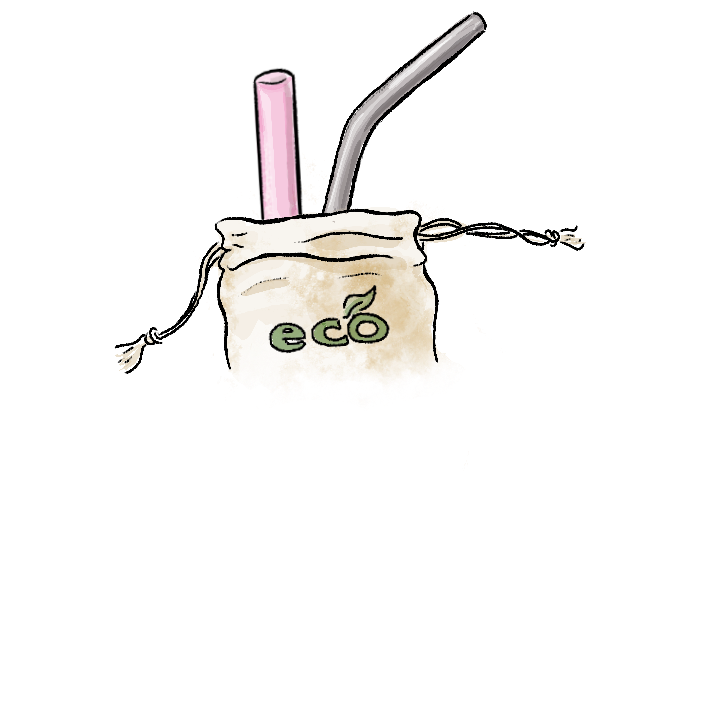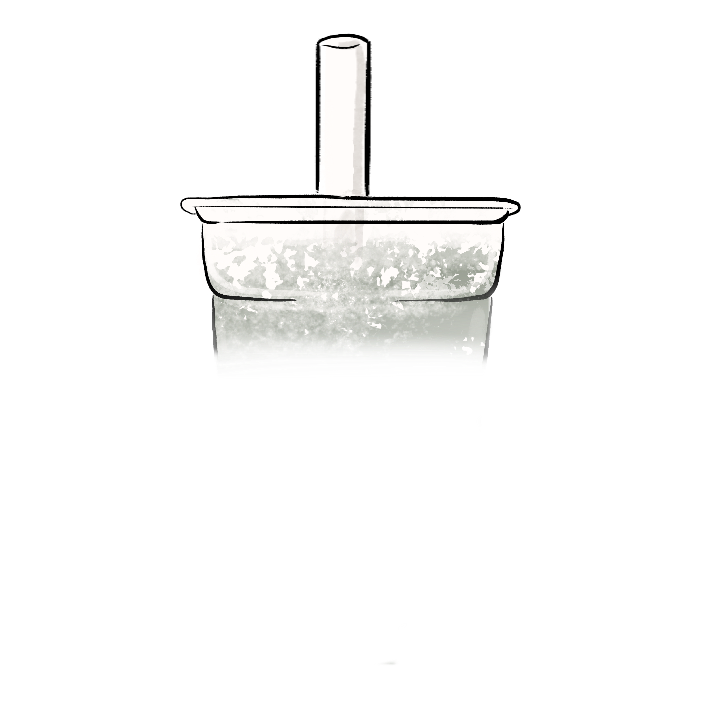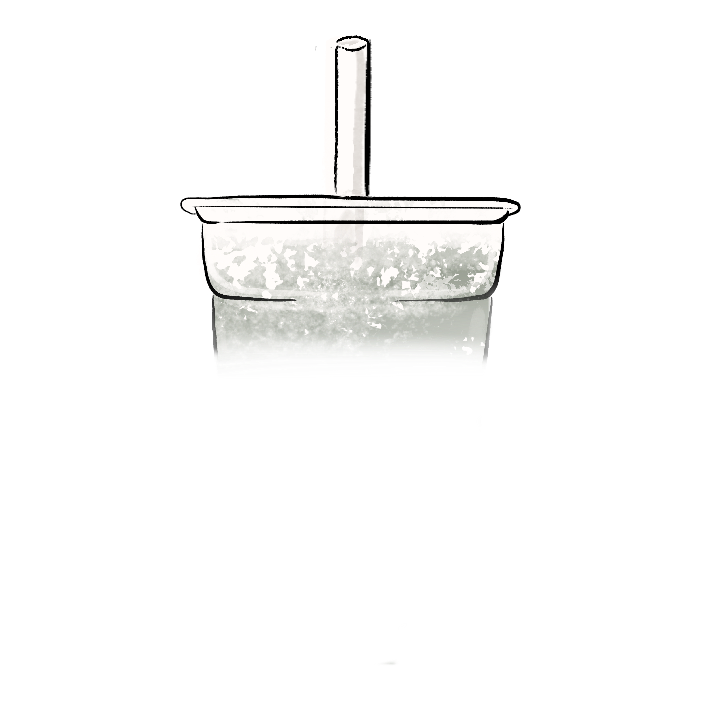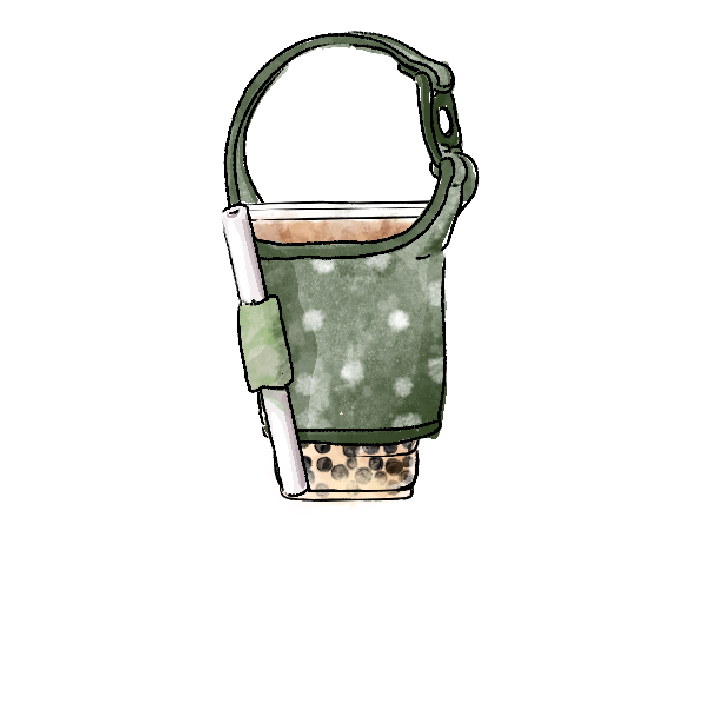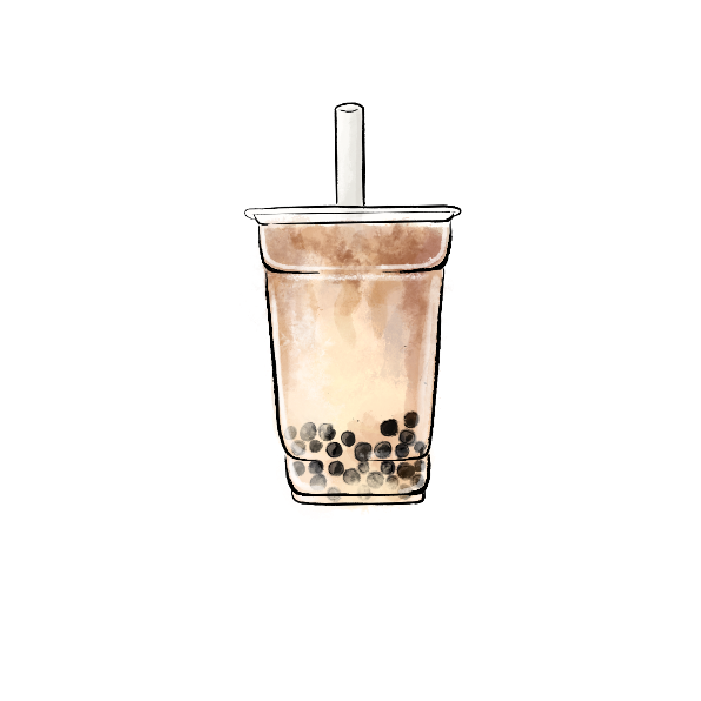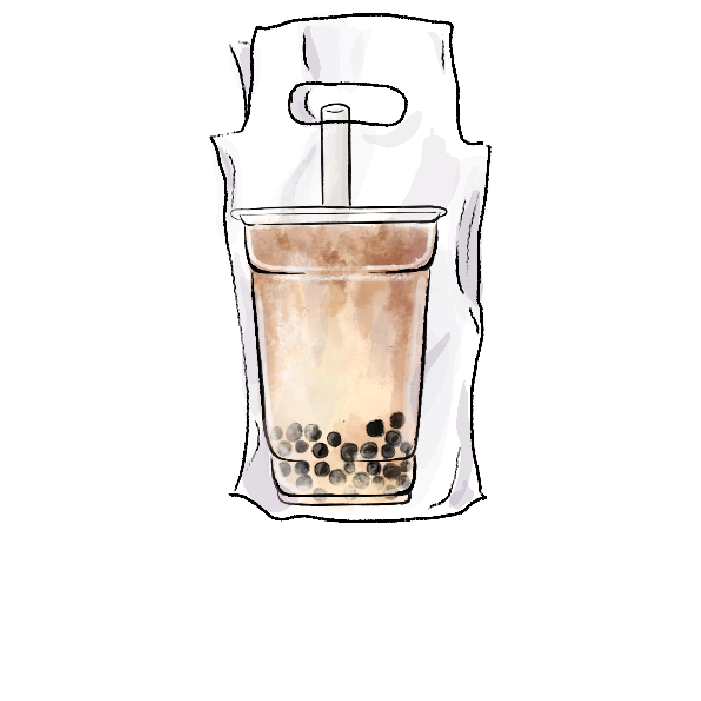Your tea-making adventure is best experienced on desktop
xAll the Ways to Make Bubble Tea, Taiwan's Pearl-fect Drink
A look at over 12 million possible combos to sip on
By Julia Janicki and Daisy Chung
As two Taiwanese people living abroad, bubble tea runs in our blood. For the uninitiated, bubble tea is a Taiwanese tea-based drink with tapioca balls also commonly known as “boba.” Although bubble tea can be made with other liquids and toppings, many people often order the standard: milk tea with boba. However, in Taiwan, the birthplace of boba (depending on which origin story you believe), locals often customize their drinks as if they own the shop! In fact, there are countless more flavors and toppings in Taiwan than we ever see abroad.
This made us curious: exactly how many unique boba drinks are there in Taiwan? And after living away from home for more than 10 years, are we missing out on any new developments in the boba scene? To answer these questions, we analyzed drink menus from the top 5 most popular stores as of Feb 2021 according to YouTuber Data66's Google Trends data.
To make things simple, we broke down each drink to look at the types of base liquid, milk, flavor, and toppings used.

The beauty of bubble tea is in its limitless possibility—you can completely customize your drink to your liking! Even in our study of just five stores, there are 157 unique drinks. Take a closer look by making your own drink below and find out why Taiwanese people are so proud of and crazy about this little cup of magic.
Begin your tea making adventure
1Pick your base drink
First choose a base for your drink. You can think of this as the foundation of your bubble tea—even if it's not tea.
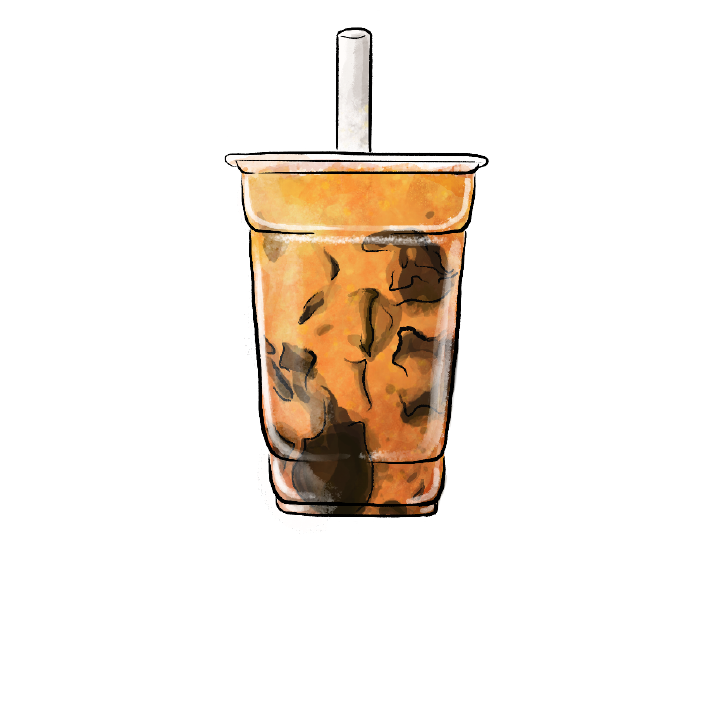
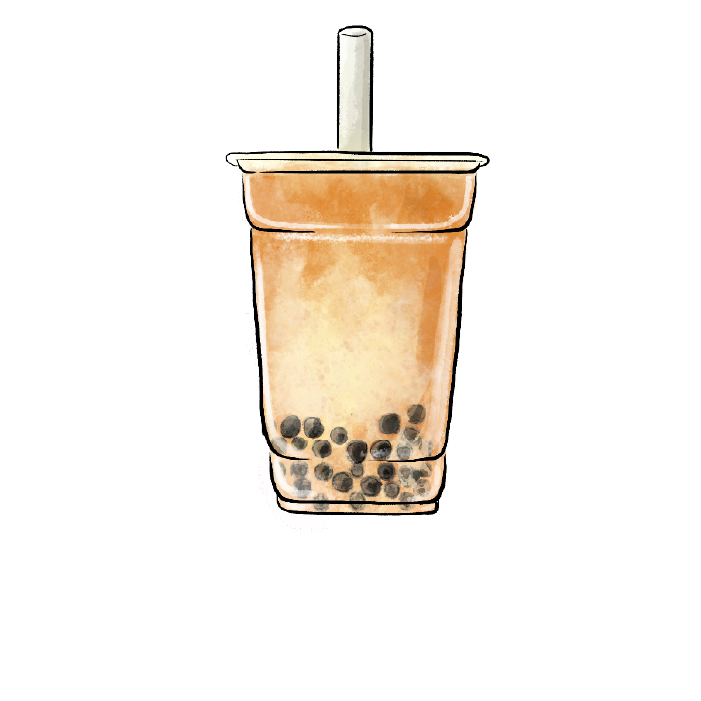

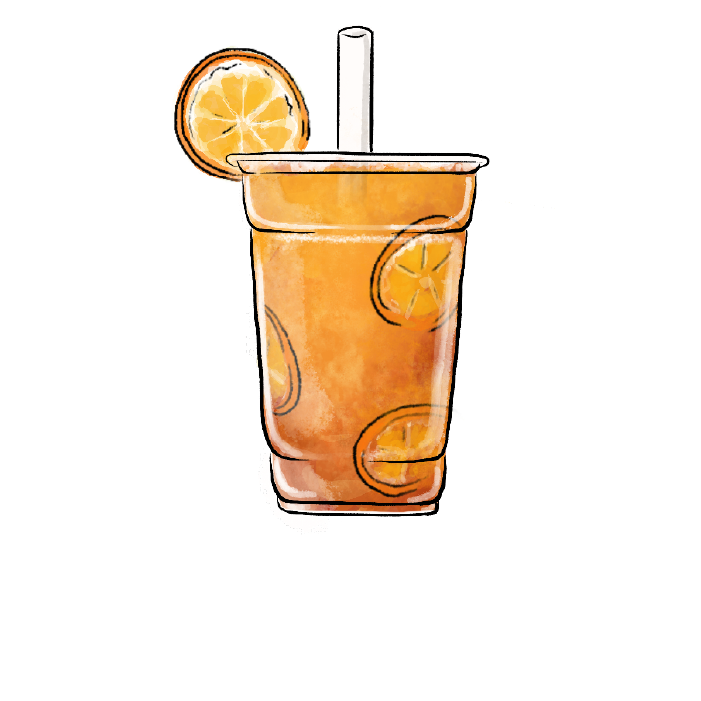
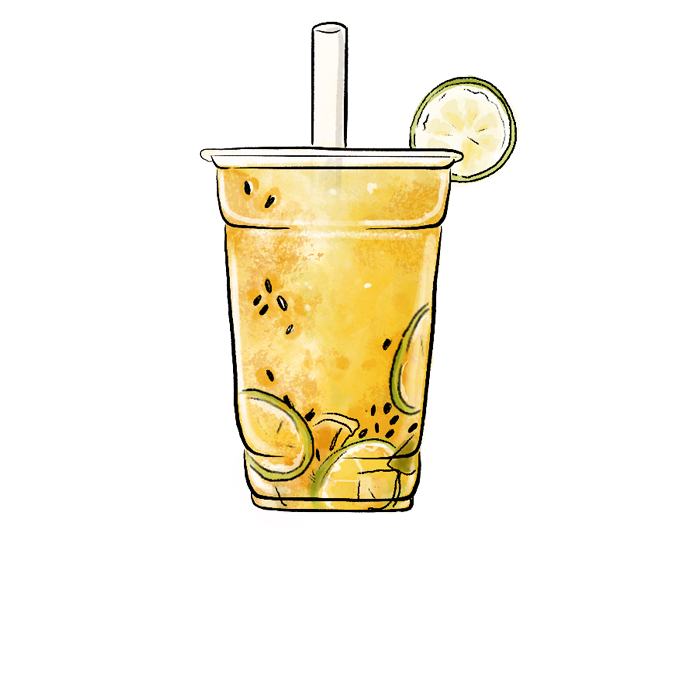
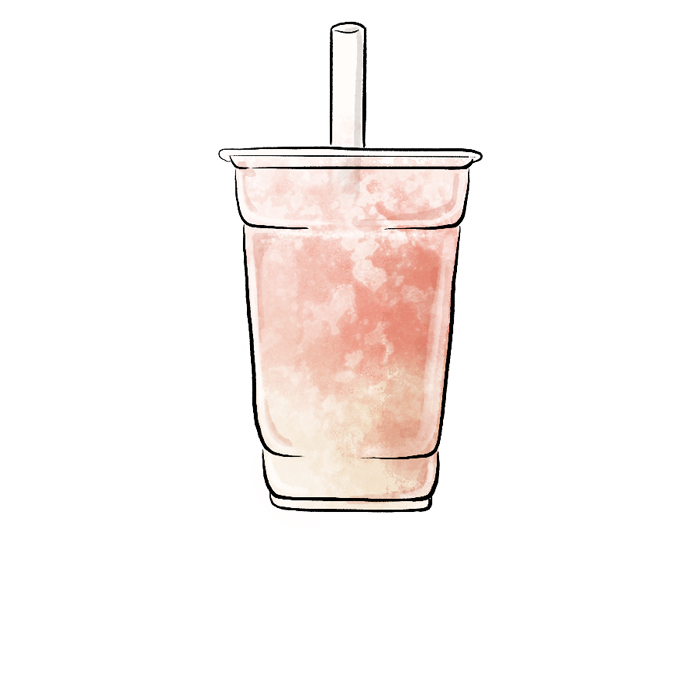
2Pick additional toppings
In Taiwan, people have a taste for soft and satisfyingly chewy textures—something they describe as “Q”. The classic example is boba pearls, which are made from tapioca starch. However, there are so many other toppings that fit the bill! Mostly using local ingredients, Taiwanese tea makers have explored and expanded topping options to provide an extra happy bounce to your drink. Hover your cursor over each topping to learn more!
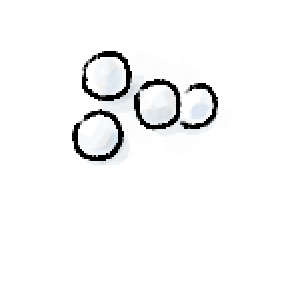
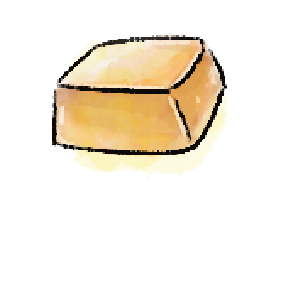
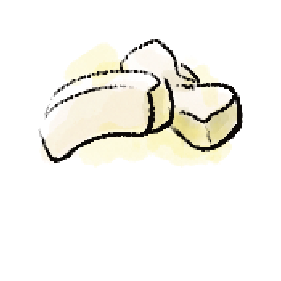
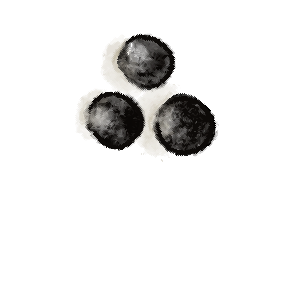
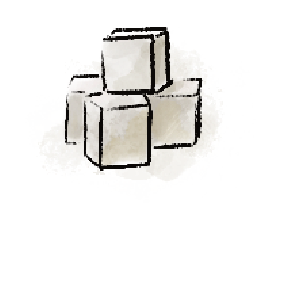
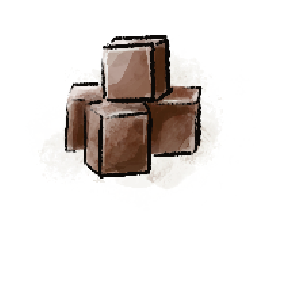
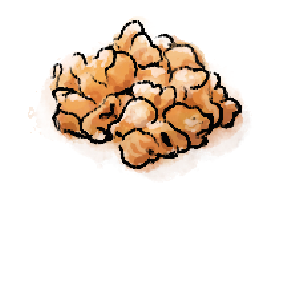
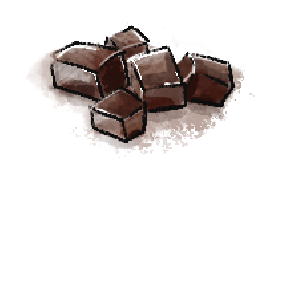
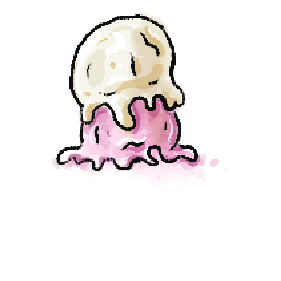
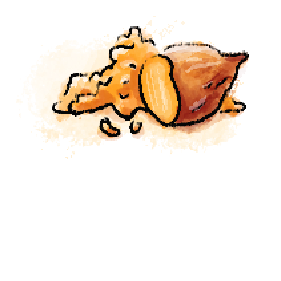
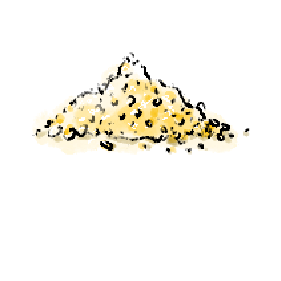
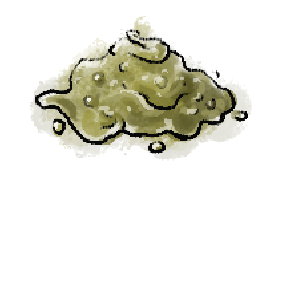
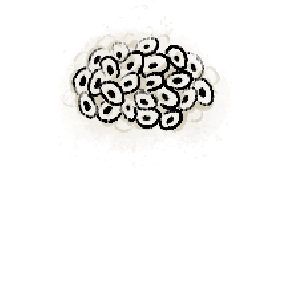
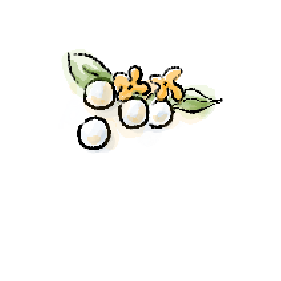
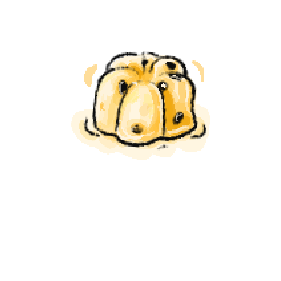
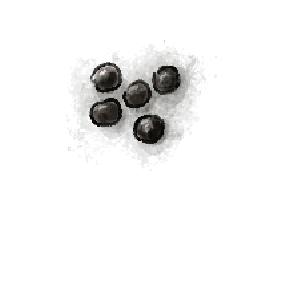
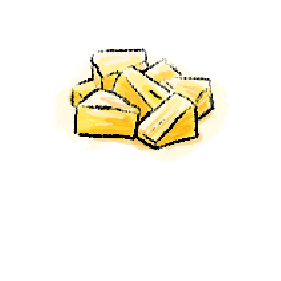
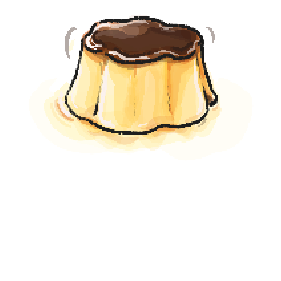
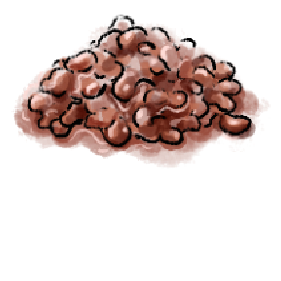
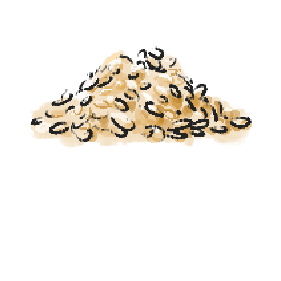
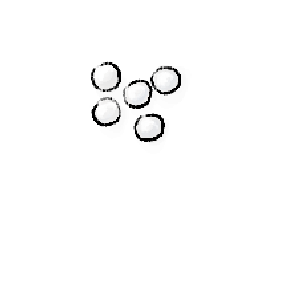
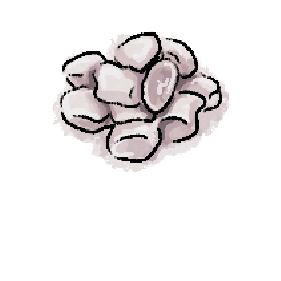
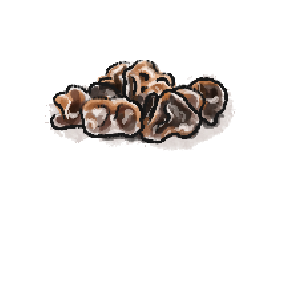
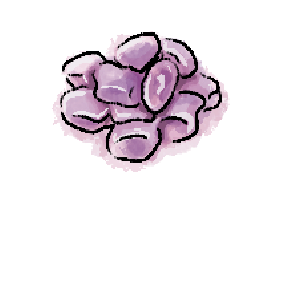
3Ice or hot?
Here's a secret: asking for no ice can get you a more concentrated tea flavor! You may even get extra points for ordering like a Taiwanese local. That’s because according to East Asian medicine, hot or room-temperature drinks are good for your health. Given this custom, some academics actually credit bubble tea for introducing a preference for cold drinks to Asia.
